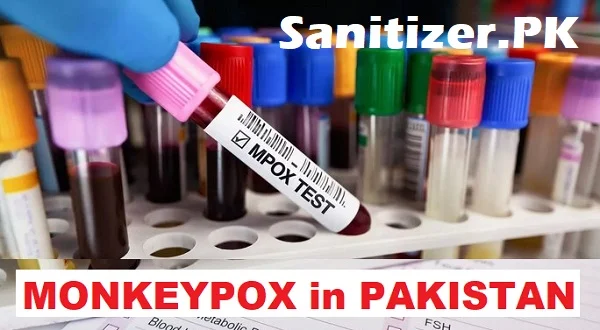Monkeypox is a rare viral disease resembling smallpox but milder. It starts with fever, headache, muscle aches, and swollen lymph nodes. A rash, progressing from blisters to scabs, follows. Early diagnosis and isolation are vital as the virus is contagious, spreading through contact with infected individuals.
Monkeypox is a rare viral disease that presents symptoms similar to smallpox but tends to be milder. The first sign of monkeypox is usually a sudden fever, making the person feel very warm, almost like they have the flu. Along with the fever, a severe headache often occurs, making it hard to focus or carry on with normal activities. Muscle aches are common, causing discomfort in various parts of the body, and back pain can also be present, making it difficult to sit or stand for long periods.
A key symptom that distinguishes monkeypox from smallpox is swollen lymph nodes. These are glands in the neck, armpits, or groin that become larger and might feel tender when touched. The person may also experience chills, feeling cold even when it’s warm, and general exhaustion, leaving them very tired as if they’ve been working without rest.
A few days after the fever begins, a rash typically appears. It often starts on the face and then spreads to other parts of the body. The rash goes through several stages, starting as flat spots, then turning into raised bumps, blisters, and finally scabs. The blisters are filled with fluid and can be painful or itchy. Over time, they dry up and form scabs that eventually fall off.
The entire illness usually lasts between two to four weeks. If someone shows these symptoms, it’s important to contact a healthcare provider as monkeypox is contagious. Early diagnosis and isolation are crucial to prevent spreading the virus to others.

